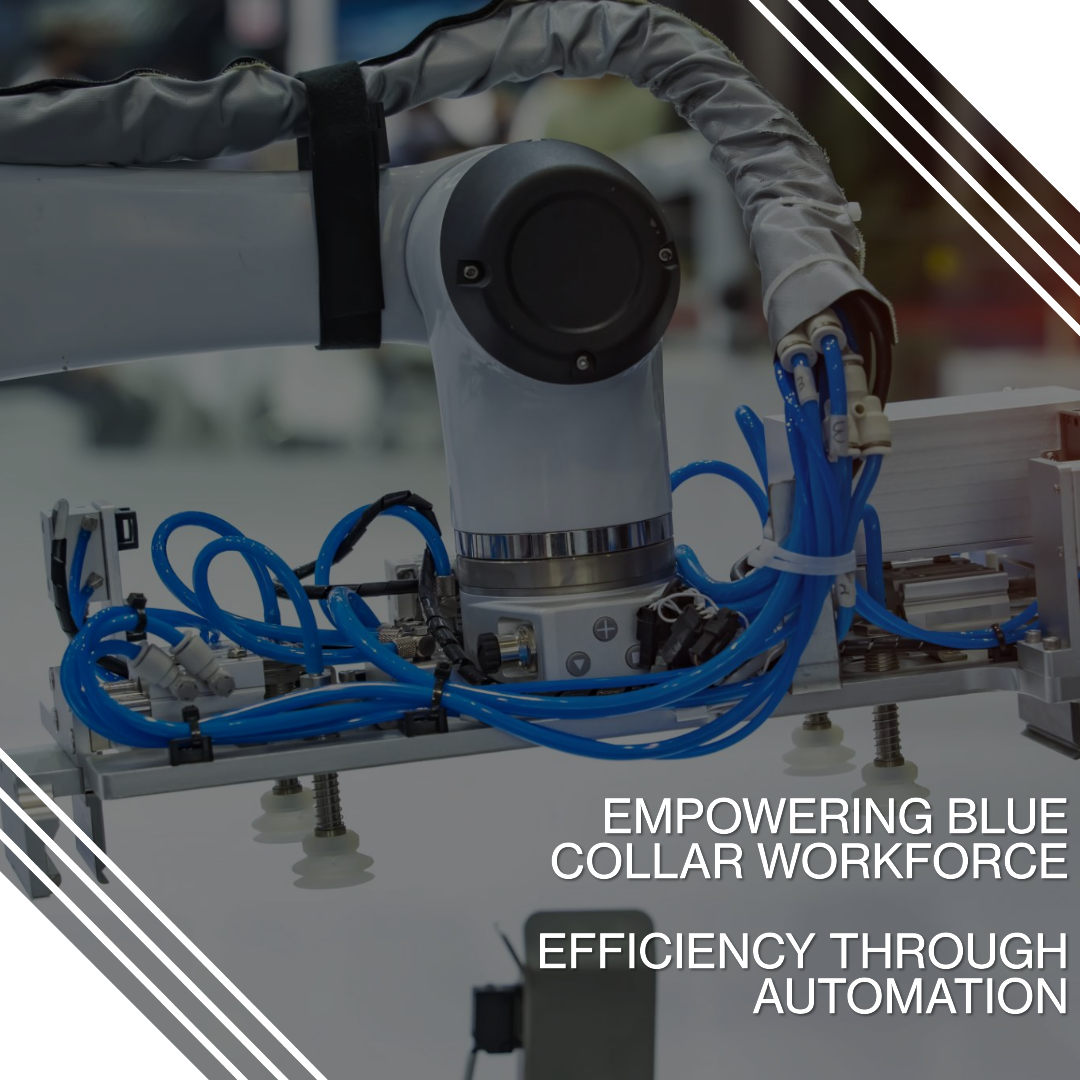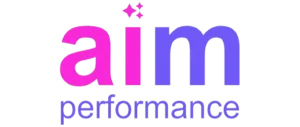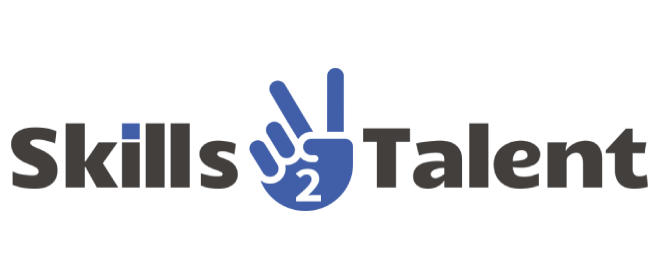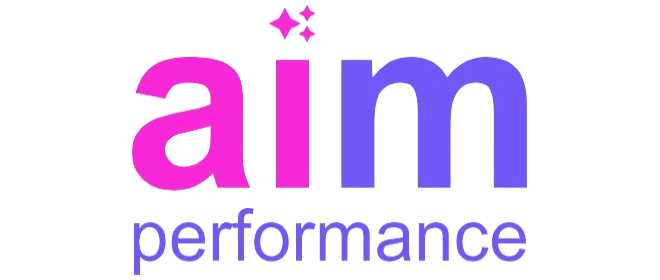As industries embrace automation, the blue-collar workforce finds itself at the crossroads of change. While new technologies promise efficiency, streamlining operations, and cost reduction, they also raise concerns for employees who may feel threatened by these changes. However, with an effective performance management system (PMS), the transition to these advancements can be smoother, more efficient, and less disruptive for the blue-collar workforce.
Understanding the Role of Performance Management in Automation
Automation has transformed industries by replacing manual tasks with machine-driven solutions. However, without proper guidance, the blue-collar workforce may face challenges in adapting to this shift. Here, performance management becomes essential. It allows managers to track the progress of their teams, address skills gaps, and ensure employees are prepared for upcoming changes.
Performance management systems provide feedback loops, offering continuous guidance that can boost employee confidence. By aligning employee goals with company objectives, businesses can make the transition to automation seamless, reducing friction and resistance from the workforce.
Assessing the Skills Gap in the Workforce
One of the primary concerns with automation is the potential displacement of employees due to a lack of relevant skills. Performance management plays a crucial role in identifying these gaps early on. Through regular assessments, managers can pinpoint areas where training is required, ensuring that employees are upskilled to operate in an automated environment.
Rather than leaving employees in the dark, PMS ensures they have a clear understanding of the competencies they need. This minimizes fear and fosters a sense of empowerment, as employees can see the company’s investment in their development during the transition to automation.
Aligning Workforce Goals with Automation Strategies
When companies shift towards automation, it is vital that workforce goals are aligned with these new operational strategies. Performance management systems offer a framework to ensure that employees are on the same page. By clearly communicating new expectations and providing a roadmap, employees can adjust their objectives to meet the company’s evolving needs.
For blue-collar workforce, this means understanding how their role will change and what they can do to stay relevant. The performance management system provides a structured way to guide employees through these changes, offering support, feedback, and direction.
Boosting Employee Engagement During Automation
Automation can often lead to feelings of insecurity among blue-collar workforce, with concerns about job stability and relevance. However, performance management can be an excellent tool for boosting engagement during this time. By setting clear performance goals and offering incentives for skill development, companies can ensure their employees stay motivated.
Increased engagement ensures that employees feel a sense of ownership over the new processes. Performance management helps businesses offer the necessary support, from training to career development opportunities, motivating employees to actively participate in the transition to updated systems and technologies.
Training and Development as a Critical Component
Training is a crucial factor in ensuring a smooth transition to automation. A performance management system helps identify who needs training and in what areas. For blue-collar workforce, training programs geared towards developing new technical skills can bridge the gap between traditional and automated work processes.
With a performance management system, managers can continuously monitor employee progress and adjust training programs as needed. This real-time feedback ensures that employees are not just thrown into an automated environment but are gradually eased into it, with all the tools they need to succeed.
Enhancing Collaboration Between Human Employees and Machines
In an automated environment, the interaction between human employees and machines becomes more critical. Performance management ensures that this collaboration is as efficient as possible. By tracking how employees adapt to new technologies and processes, companies can identify areas where additional support is needed.
This data-driven approach helps in refining automation strategies, making them more human-centric. The result is a smoother integration of technology into the workforce, where employees and machines can work side by side without friction.
Improving Accountability and Transparency
Performance management systems bring a level of accountability and transparency that is crucial during times of change. As automation is introduced, employees may feel uncertain about their roles and responsibilities. A performance management system provides clear metrics and performance indicators, allowing employees to track their progress against defined objectives.
This transparency builds trust between the workforce and management, which is essential for navigating the uncertainties that come with automation. Employees can see how they are contributing to the company’s success, making the transition smoother and more transparent.
Minimizing Disruption During the Transition
One of the key challenges of automation is the disruption it can cause to established workflows. Performance management helps minimize these disruptions by offering a structured way to track and manage changes. By using real-time data, managers can identify potential issues early on, before they become larger problems.
For the blue-collar workforce, this means less uncertainty and greater confidence in their ability to adapt. Performance management offers the essential tools to track progress, make adjustments, and ensure that operations continue to run smoothly, even as new technologies and processes are implemented.
The Future of Workforce Automation and Continuous Improvement
As automation continues to evolve, so too must the strategies used to manage the workforce. A performance management system offers a framework for continuous improvement, ensuring that companies can adapt to new technological advancements while keeping their workforce aligned with business goals.
For the blue-collar workforce, continuous improvement means staying relevant in an increasingly automated world. Through regular feedback, skill development, and performance tracking, employees can remain agile, contributing to the company’s success even as automation becomes more prevalent.
Conclusion
Automation offers numerous benefits to companies, but it also brings challenges for the workforce, especially in blue-collar sectors. With an effective performance management system in place, companies can ensure a smoother transition to automation. By focusing on skills development, engagement, collaboration, and accountability, businesses can create a supportive environment for their employees as they navigate the future of work.











